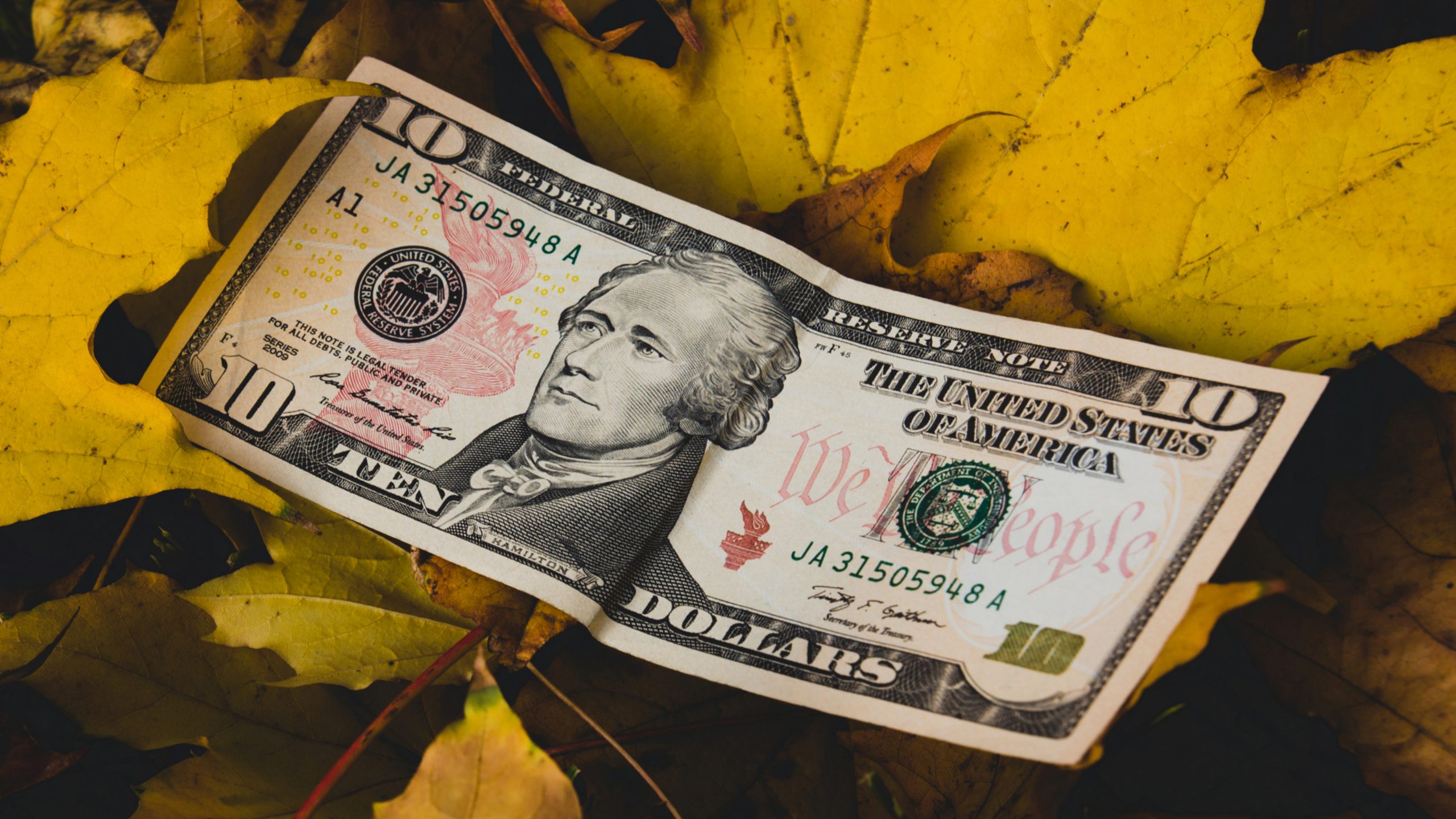
First Republic Bank’s financial troubles have led to discussions about a potential takeover by the FDIC, prompting urgent efforts to save the bank through private means. Ultimately, after several banks submit final bids, the FDIC seizes the bank and sells it to JPMorgan Chase & Co. The fact that three major banks were vying to acquire First Republic suggests that consolidation in the banking industry may be on the horizon.
From liquidation to acquisition: A timeline of recent banking turmoil in the last two months
📅 March 8: Silvergate Capital, a crypto-friendly bank, announces plans to liquidate, while Silicon Valley Bank (SVB) announces a plan to raise $2.25 billion.
📅 March 9: Following the announcements from Silvergate and SVB, the S&P 500 bank index plummets, and SVB’s stock collapses by 60%, leading the company to reassure its clients that their money is safe.
📅 March 10: A California regulator shuts down SVB and appoints the Federal Deposit Insurance Corporation (FDIC) as the receiver. U.S. bank stocks continue to decline, with regional lenders hit the hardest.
📅 March 11: The U.S. Federal Reserve and FDIC consider creating a fund to backstop more deposits at banks.
📅 March 12: Treasury Secretary Yellen works with banking regulators to respond to SVB’s collapse, while New York state’s Department of Financial Services takes possession of Signature Bank.
📅 March 13: HSBC acquires the UK subsidiary of Silicon Valley Bank for £1, and the FDIC transfers all deposits of SVB to a newly created bridge bank.
📅 March 14: Moody’s revises its outlook on the U.S. banking system to “negative” from “stable,” citing heightened risks, while U.S. prosecutors investigate the collapse of SVB.
📅 March 15: Credit Suisse announces it will strengthen its liquidity by borrowing up to 50 billion Swiss francs from the Swiss National Bank.
📅 March 16: Treasury Secretary Yellen raises concerns about smaller banks, stating that uninsured deposits would only be guaranteed in banks deemed a contagion threat. Large U.S. banks inject $30 billion in deposits into First Republic Bank to shore up the lender’s finances.
📅 March 17: SVB Financial Group files for Chapter 11 bankruptcy protection.
📅 March 18: UBS examines a takeover of Credit Suisse, with the Swiss government offering a guarantee against the risks involved.
📅 March 19: UBS agrees to buy Credit Suisse for 3 billion Swiss francs in stock and agrees to assume up to 5 billion francs in losses.
📅 March 20: The FDIC decides to break up SVB and hold two separate auctions for its traditional deposits unit and its private bank.
📅 March 21: Treasury Secretary Yellen tells bankers she is prepared to intervene to protect depositors in smaller U.S. banks. First Republic is looking at ways to downsize if its attempts to raise new capital fail.
📅 March 22: Yellen raises concerns about “blanket insurance” to U.S. banking deposits without approval by Congress, while Federal Reserve Chair Powell states that SVB’s failure is not indicative of wider weaknesses in the banking system.
📅 March 27: First Citizens BancShares Inc acquires the deposits and loans of failed Silicon Valley Bank.
📅 April 24: First Republic shares sink after reporting deposits plunged by more than $100 billion in the first quarter and that it was exploring options such as restructuring its balance sheet.
📅 April 25: First Republic faces dwindling and tough options to turn around its business with the creation of a ‘bad bank’ or asset sales possibilities.
📅 April 26: First Republic advisers have already lined up potential purchasers of new stock in the lender if they can fix the bank’s balance sheet.
📅 April 28: The FDIC is ready to take over First Republic Bank, as private efforts to rescue the bank fail.
📅 April 29: U.S. regulators are trying to sell First Republic Bank over the weekend, with several banks bidding.
📅 April 30: PNC Financial, JPMorgan Chase, and Citizens Financial submit final bids for First Republic Bank.
📅 May 1: First Republic Bank is seized, and its assets are sold to JPMorgan Chase & Co.
The events highlight the challenges and high stakes involved in rescuing a struggling bank, as well as the potential impact on the broader financial system.
Some questions to ask would be:
- What does the acquisition of First Republic Bank’s assets by JPMorgan Chase & Co mean for the future of the banking industry in the United States?
- What are the implications of major banks buying out struggling lenders in the current economic climate?
- Are smaller banks becoming increasingly vulnerable in the current economic climate?
- What steps can banks take to prevent contagion during times of crisis?
- How can consumers protect their finances during times of financial instability?
- What role should the government play in regulating the banking industry to prevent systemic risks?
- How can the banking industry regain public trust and confidence after a series of major failures?
- How can the private sector collaborate with government agencies to mitigate the impact of bank failures on the economy?
- What lessons can be learned from the 2008 financial crisis to prevent a similar situation from happening again?
- How can regulators prevent another major banking crisis in the future?
- Will we see more consolidation in the banking industry as larger banks continue to acquire struggling competitors?
- How will the failure of multiple banks in such a short period of time impact the economy as a whole?
What Lessons were Learned from the Collapse of Silicon Valley Bank and First Republic Bank?
Looking for expert guidance on fundraising and investor relations? DueDash is here to help. Book a meeting now to see how we can support your business.


